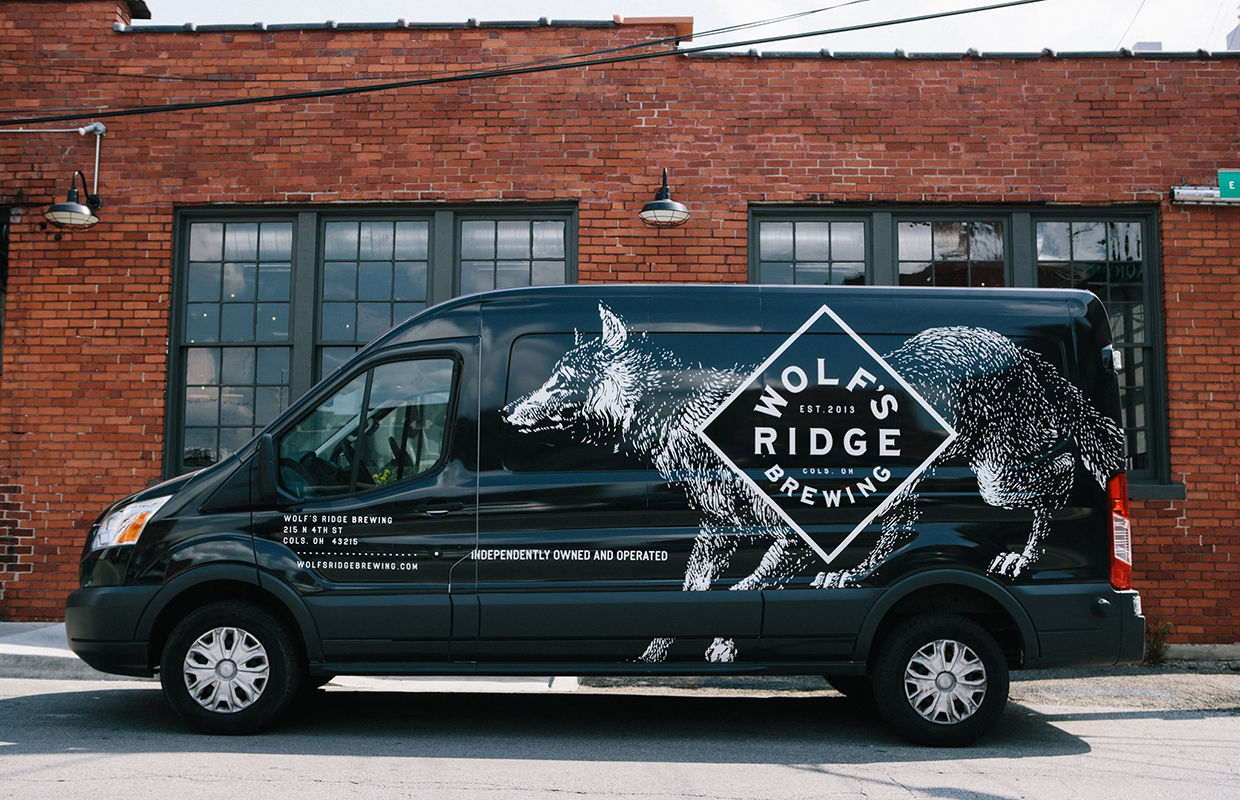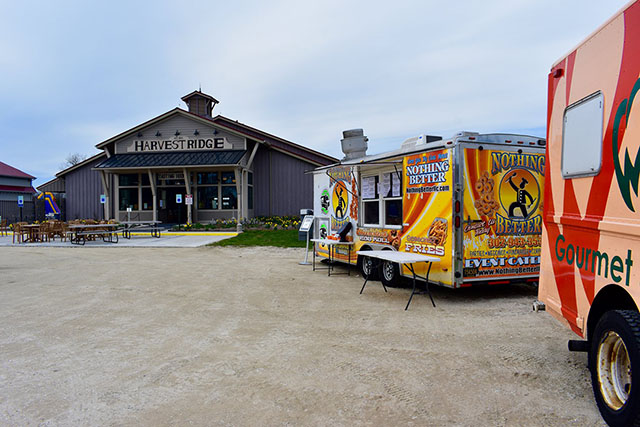
When Wolf’s Ridge first started in 2013, there was a small software development company across the alley from its taproom.
“They had a kegerator over there and they started approaching us and asking us if they could buy kegs,” recalled owner Alan Szuter during a discussion on self-distribution at the 2022 Ohio Craft Brewers Conference in Cincinnati. “We hadn’t really done much with that, but we said, ‘Yeah, I can throw it on the dolly and bring it across the street.
“That was kind of our first account. That initial interest made us think that if they want us, there may be others out there as well.”
That setting became a driver from a taproom-focus only to look into self-distribution as a sales model and the Columbus, Ohio brewery now delivers to all parts of the state daily, using its own fleet and employees. Although only around 30% of its package sales prior to the pandemic, that number flipped in 2020 and into 2021, and Wolf’s Ridge Sales Manager Eric Butler said that if a brewery is looking to start selling outside its taproom, start in kegs before reaching for a canning line.
“If I had a limited amount of beer to sell, I would start with draft,” he said. “People typically try beer on draft and then maybe buy it in the grocery store. So putting out beer in the draft is a great way to get people interested in your brand.
“People are more likely to buy a pint at a bar of something they’ve never heard of than bring home six beers of it.”
Pounding the pavement is the key. Added Butler, “The idea that you’re going to hang out a sign and say, ‘Come buy beer from me,’ … no, you’ve got to show up. Pretty much all the business that we have is business we solicited and worked for.”
Butler said of the 700-some accounts that Wolf’s Ridge has, only a few dozen have approached him about selling the beer.
Yellow Springs Sales Manager Shawn Combs echoed that sentiment and said having that approach of working with local bars and restaurants can help in creating networking opportunities within the community your brand is looking to serve.
“Anybody working in the service industry — especially bars and restaurants — people migrate around and if you have a great relationship with a buyer here, there’s a good chance in the next month, that buyer is somewhere else, and that happens all over the place for us,” he explained. “You’d have to show up, and networking is priceless.”
Plus, the profit margins are better on draft, Combs added and noted that working to get a beer on tap somewhere is a challenge, so it’s a rewarding effort of accomplishment that you don’t want to relinquish.
“We’ve spent a year or two on account to get that tap handle. Once you finally get it, you’re proud of it, you want to keep it, so we prioritize that,” Combs said, adding that when it comes to strategic planning and production of its brands, it starts with knowing how much is needed in the taproom, followed by kegs for draft accounts.
”Then whatever’s left gets allocated to package,” he noted.






Be the first to comment